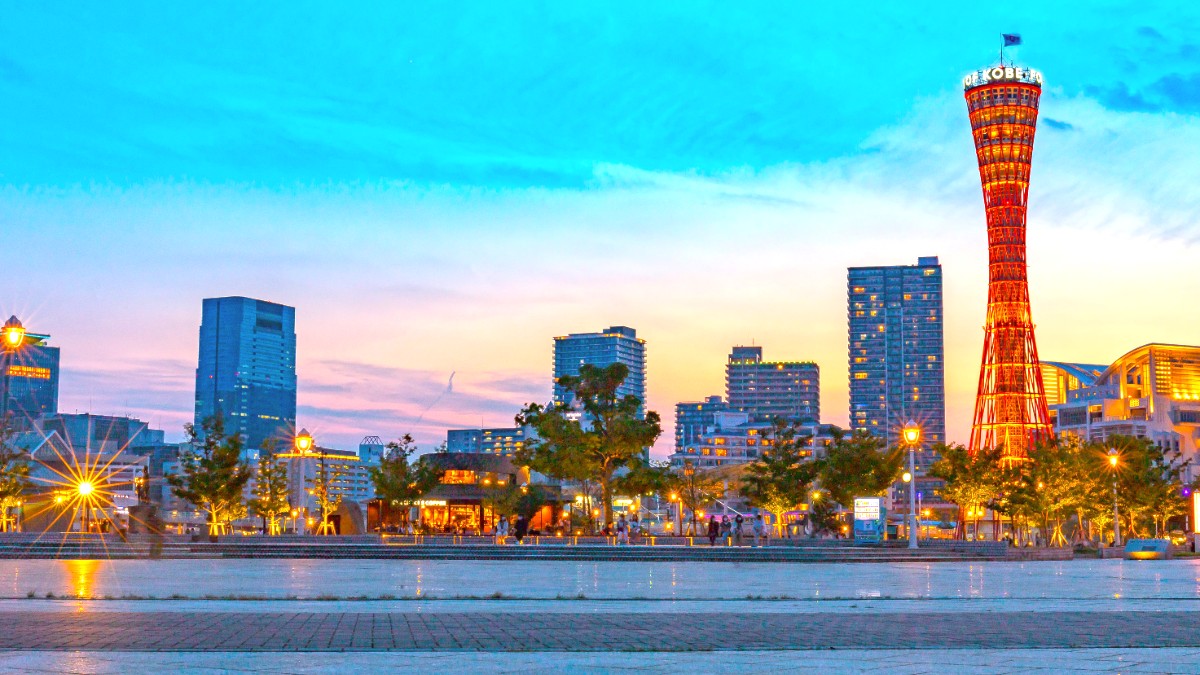
Kansai, Japan
Japan's major mobile network providers are NTT Docomo, au, and SoftBank, all offering wide coverage. For visitors, data-only SIM cards are common and obtainable upon arrival at major airports or large electronics stores in central Kobe.
Consider ESIMs from Airalo online for convenient activation.
Large department stores usually open from 10:00 AM to 8:00 PM, with smaller shops having slightly shorter hours.
Most museums and attractions operate within standard daytime hours. Traditional bank branches have specific weekday hours.
During major holiday periods like Golden Week or New Year's, expect increased crowds and transportation delays. Plan accordingly.
A slight bow is customary for greetings, thanks, or apologies. Handshakes are less common in social interactions.
Slurping noodles indicates enjoyment. Do not stick chopsticks upright in rice, and avoid passing food chopstick-to-chopstick.
Ask permission before photographing individuals. Respect 'no photography' signs in restricted areas like temples or museums.
Generally, dress neatly and respectfully. Casual wear works for sightseeing.
Tipping is not customary and may cause confusion. Generally avoid eating or drinking while walking.
A polite demeanor and quiet voice are appreciated in public spaces. Your consideration for local customs will be valued.
Japan has made significant strides in improving accessibility, especially in urban areas and major transportation hubs.
Kobe features modern infrastructure to assist travelers with mobility challenges.
Many popular attractions in Kobe are designed to accommodate all visitors.
While accessibility is a priority, planning your routes and confirming specific details for older sites is always advisable for a smooth journey.